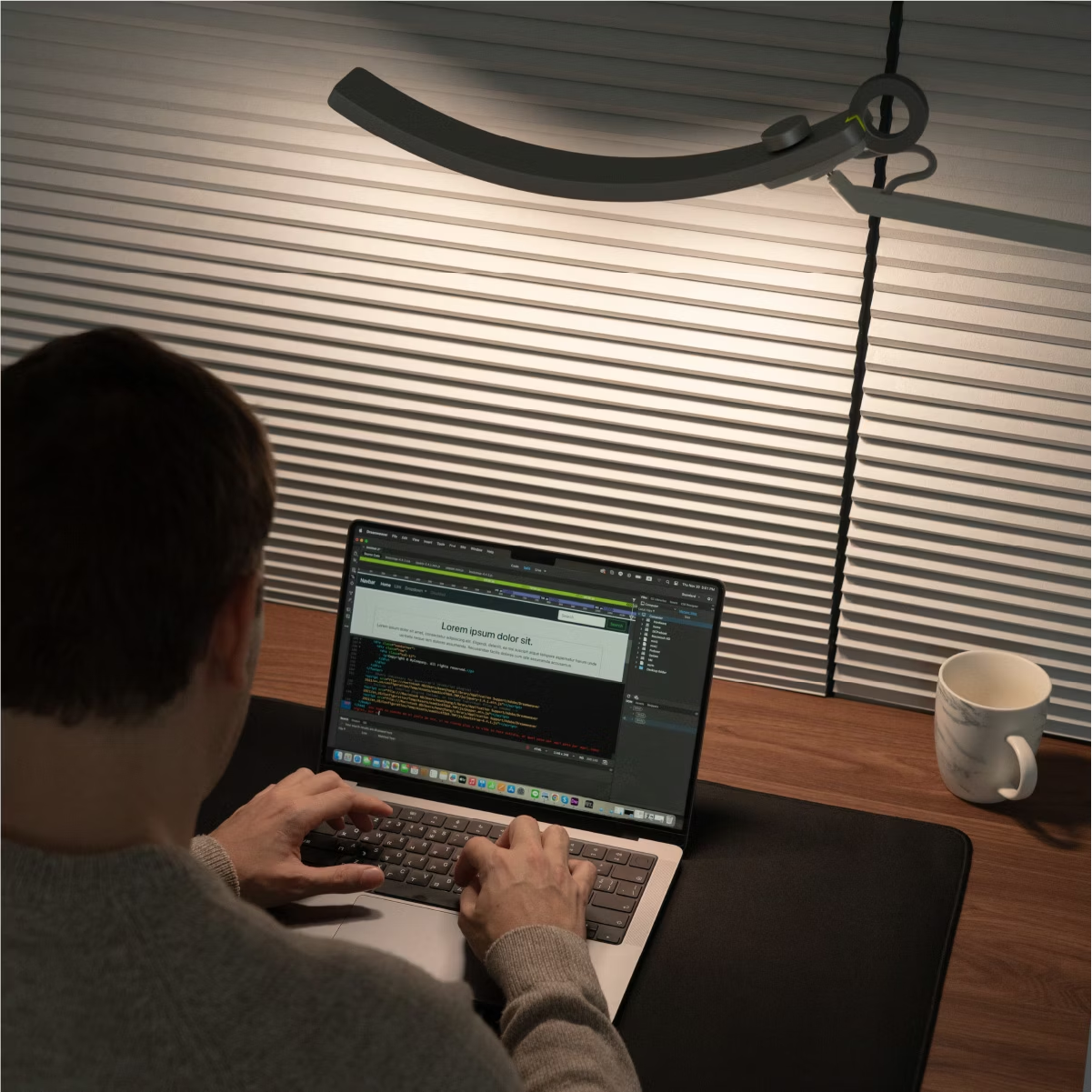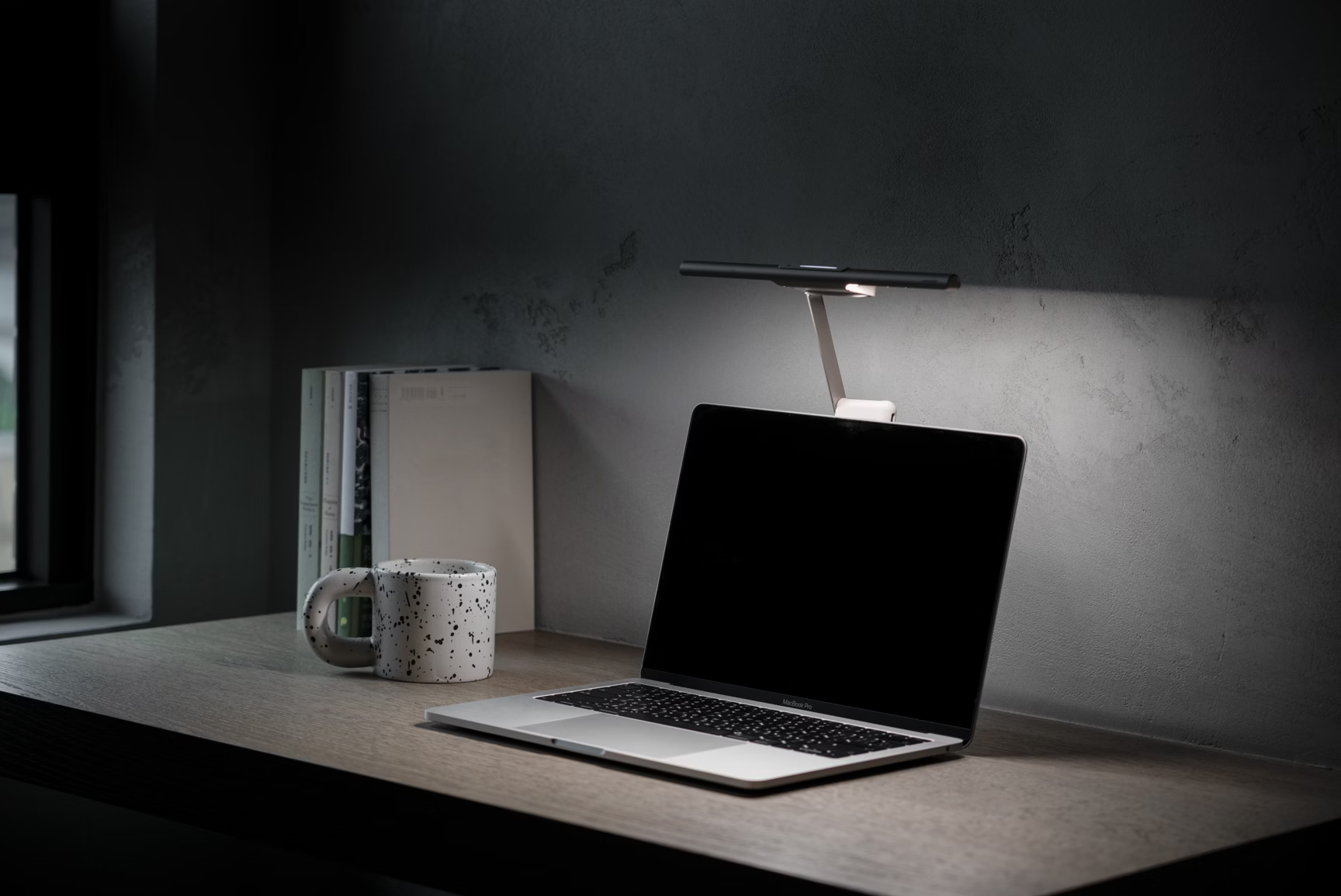Is Warm Light Beneficial for Studying? The Dark Side of Warm Light: How It Hinders Your Learning
So, is warm light suitable for studying? Warm light may feel comfortable, but it's not the best choice for studying. To explain this, let's imagine this:
The night before an exam, you're studying hard, hoping to do well. You sit at your desk, notes and textbooks laid out before you, ready to tackle it head-on. But when you start reading, you find it difficult to stay awake. Your eyelids are heavy, and you feel drowsy. You get up to drink a glass of water, hoping to perk yourself up, but after sitting down again, you start dozing off. Does this sound familiar?
This is a common experience among students trying to study under warm-toned lighting. Warm colors like red and orange have wavelengths at the high end of the spectrum, and the brain naturally associates warm colors with rest and sleep. These warm colors trigger a response similar to sunset or soft candlelight, making people feel relaxed and sleepy, rather than alert and focused.

The Sleep Hormone: How Melatonin Affects Your Productivity
Melatonin is a natural hormone that helps regulate the sleep cycle. When daylight hours shorten, melatonin secretion is triggered, promoting sleep. Warm-toned lighting and dim rooms stimulate melatonin secretion, making it difficult to stay awake and focused.
Making Learning Easier: The Benefits of Blue and White Light
On the other hand, research shows that blue and white light can improve alertness and cognitive abilities. A study published in the journal *Sleep Medicine* found that students exposed to blue light had significantly better cognitive abilities than those exposed to warm light. Another study published in the journal *Lighting Research & Technology* found that blue light significantly improved alertness and cognitive abilities in office workers.
Research indicates that cool light lighting can improve attention and cognitive abilities.
According to a review of multiple studies published in the journal *Environmental Health Perspectives*, avoiding exposure to blue light with a color temperature of 4000K to 6500K or higher before bed, and using warm-toned light with a color temperature of 2000K to 3000K, can improve sleep quality. In fact, a study published in the journal *Sleep Medicine Reviews* found that exposure to blue light at night may negatively impact sleep quality and potentially cause difficulty falling asleep.
Therefore, to promote sleep and help you relax before bed, it's best to choose warmer, softer lighting. This way, you'll be refreshed and alert the next day, allowing you to perform at your best in exams or complete projects with ease.


